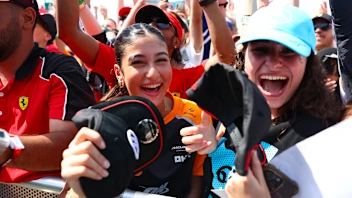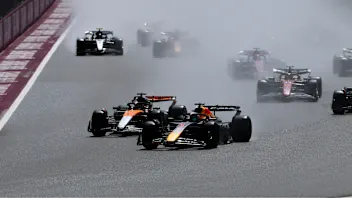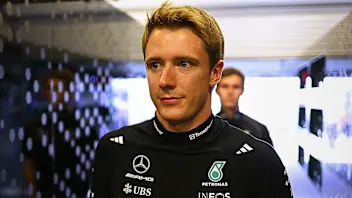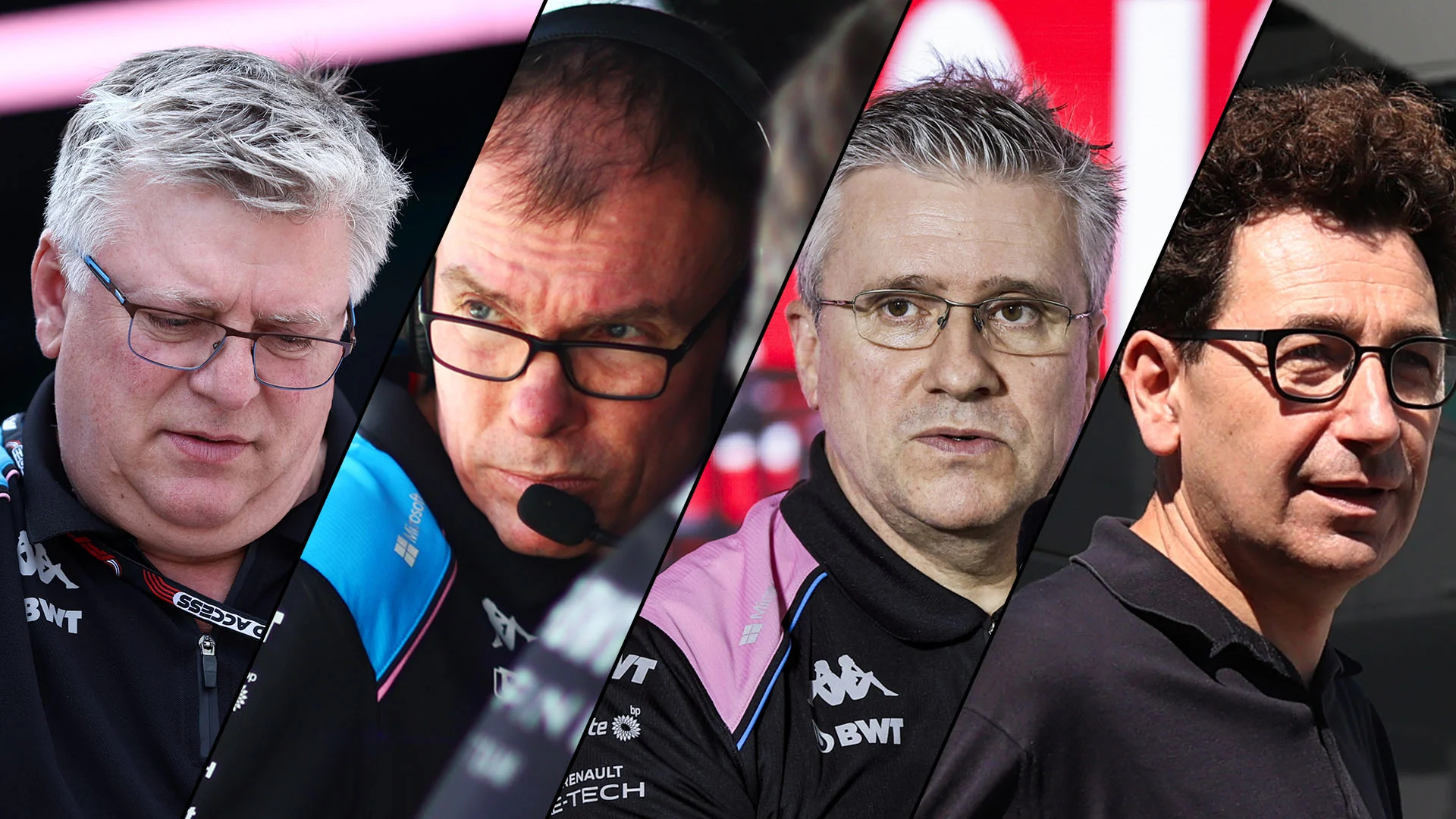In the space of just 10 minutes on a dramatic Friday afternoon at Spa, Alpine parted ways with not one, not two, but three senior figures, with Team Principal Otmar Szafnauer, Sporting Director Alan Permane and Chief Technical Officer Pat Fry leaving the French team.
These are the latest tweaks in a crazy month for Alpine, which began with the team securing a €200m cash injection from a group of investors including Hollywood actor Ryan Reynolds.
Next Up
Related Articles
 Formula 1’s record-breaking 2025 season in numbers
Formula 1’s record-breaking 2025 season in numbers.webp) Winners & Losers5 Winners and 5 Losers from the 2025 season
Winners & Losers5 Winners and 5 Losers from the 2025 season Celebrating the first F1 Allwyn Global Community Awards
Celebrating the first F1 Allwyn Global Community Awards REVEALED: Your favourite race of the 2025 season
REVEALED: Your favourite race of the 2025 season ExclusiveVesti on life as Mercedes reserve and his F1 plan
ExclusiveVesti on life as Mercedes reserve and his F1 plan The most iconic recent championship celebrations
The most iconic recent championship celebrations

